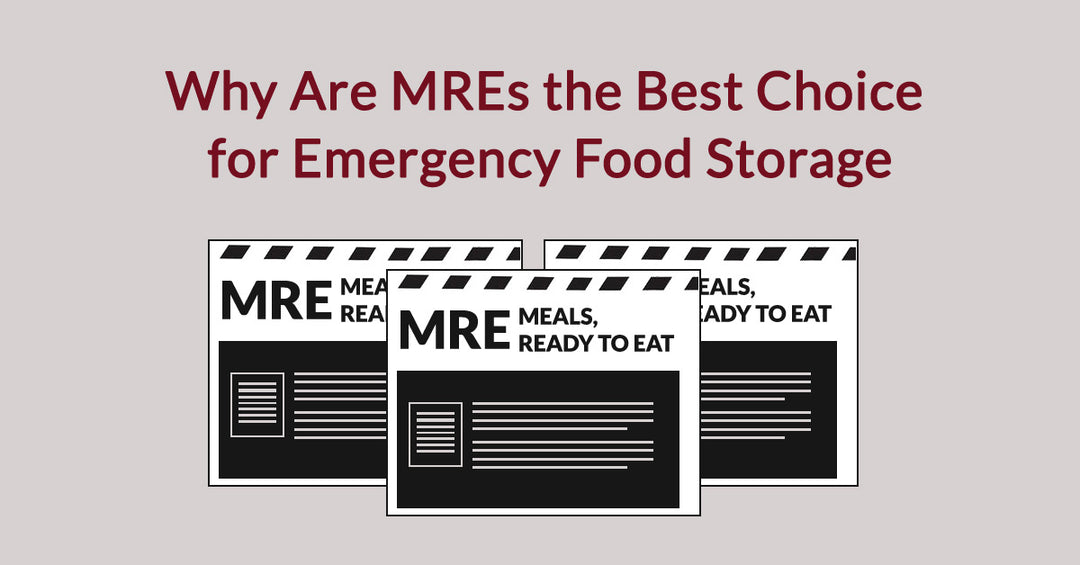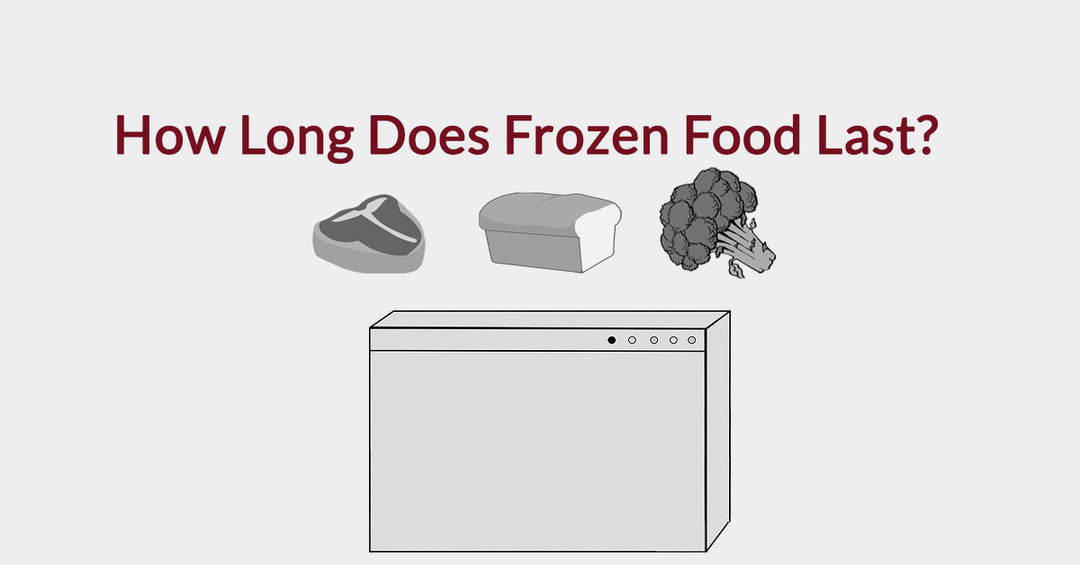What is the Difference Between Military & Civilian MREs?

MREs have long been a staple of military rations. They are meals that have sustained thousands of soldiers and while they were strictly a military affair, they have been introduced to the civilian market by various manufactures and distributors. Civilians have several different reasons that they may want to take advantage of these meals.
By using MREs, civilians can stock long term food supplies for disaster or emergency preparation. They can also be used operationally, for remote occupations that spend a large amount of time in the field. Additionally, civilians find MREs a great alternative to packing pots, pans, and food supplies for hiking and camping trips. Whatever the reason, it's clear to see that MREs aren't just for the military anymore. But what are the diferences between military issued MREs and civilian MREs? To answer that, we must first take a look at what an MRE is itself.
What are MREs?
MREs stand for Meals, Ready to Eat. They have been a staple of the military for individuals deployed in the field. MREs are completely sealed and contained giving them an extremely long shelf-life. These meals often come with a wide variety of foods and seasoning packets to enhance taste. Most MREs are comprised of a main entree, a side, crackers, cookies or some other dessert, and an electrolyte beverage. Some even contain coffee. In military circles, some of these components are much more prized than others. Just read about the the Army's omelet debacle, affectionately renamed... Well, we will let you read about that one. Like any types of food, some are widely regarded as quite tasty, while others can leave something to be desired.
All of the components of an MRE can be eaten directly in the field. Additionally, most modern MRE meals can be heated using a flameless heating element/flameless ration heater. Flameless ration heaters work by releasing a chemical reaction that is triggered by using a small amount of water. This means that no matter where you are and what access to a stove or electricity you have, you can have a hot meal in under 10 minutes.
The idea of the MRE is not a replacement for fresh foods. MREs are a logistical necessity and allow for meals to be distributed to large amounts of people quickly, with the second benefit being their sturdy shelf-life. This second point has made them to preferred method of storing food for emergency preparation, even above canning..
Military MREs
Military MREs have a few distinct differences from the MREs that are used by civilians. For one, the two types have different purposes. The military ration is meant to be used out in the field. It is supposed to be the sustenance of a soldier as they are potentially travelling thousands of miles across different terrains. This purpose changes the suggested shelf life of the product. It also leads to several more ingredients being added into the standard military ration as opposed to the civilian product.
Another key item in a military survival pack is toilet paper. Once again, this material is vital for individuals who will be away from barracks or other structures for an extended period of time. The implication is that civilians will not need to be away from these necessities for an extended period of time and so they are not included.
Lastly, military MREs are built strictly for the military and are technically government property. Reselling U.S military MREs is illegal in the United States and you should always be weary of sites or resellers claiming to be distributing authentic U.S military MREs.
Civilian MREs
While civilian MREs might not be the exact same as military, for the most part the best civilian MREs are manufactured by military contractors who produce a military grade product similar to what a solider might find in the field. For most of us, civilian MREs are the only option, so finding a brand that is produced by military contractors ensures that you are getting the best.
Civilian MREs can be different for other reasons too. Most of these differences stem from their different applications. One major use for civilian MREs is emergency preparation for natural disasters, civil unrest, and pandemics. At the time of significant disasters such as Hurricane Katrina, many individuals are homeless and without power. MREs are a fast, efficient way to deliver thousands of meals in an incredibly short period of time.
Many individuals stockpile MREs to survive for months or even years in some instances. They may be afraid that grocery stores and restaurants would be forced to close as a result of some of the situations described above. A stable food source that is reliable and tasty is important for these folks.
The main difference between civilian and military meals is the lack of certain items in the civilian meals. Toilet paper is often not included because it is assumed that this essential product will be provided through some other means. An individual who is storing food can also store toilet paper in a similar space. Areas hit by disaster have stores and food pantries that often have large stocks of toilet paper that can be given out at any time. Since toilet paper is not as scarce as it may be on the battlefield, a civilian survival food company might cut costs by cutting out the toilet paper in the civilian meal.
Another significant difference is the amount of time that individuals can store civilian MREs. Military MREs are almost always stored outside in extreme temperatures. These temperatures greatly reduce their shelf life. But civilians often store survival food inside and in cool, dark places. A civilian pack of survival food may last for many months more than a military MRE.
Civilian MREs have other differences as well. There may be more varieties, ingredients, and added foods than in military MREs. The contents of military MREs are standardized for months. These MREs have to be mass-produced and are often sent out by the thousand. Their costs are extremely limited and individual soldiers do not influence the process besides a nominal menu choice. On the other hand, a civilian company is only constrained by the profit motive. They can create hundreds or even thousands of potential combinations for use in their MREs. As long as the food inside stays fresh for an extended period of time, it is conceivable that it may be used in a meal pack sold to civilians.
Conclusion
Anyone interested in buying and eating civilian MREs should make sure that they are informed before buying. As members of the military know, not all MREs are created equal. Individuals should be careful and discriminating when deciding which ones to buy. They should ensure that they are buying MREs which will meet their needs and help them secure immediate sustenance and peace of mind. All of these needs are certainly met by Meal Kit Supply MREs.







